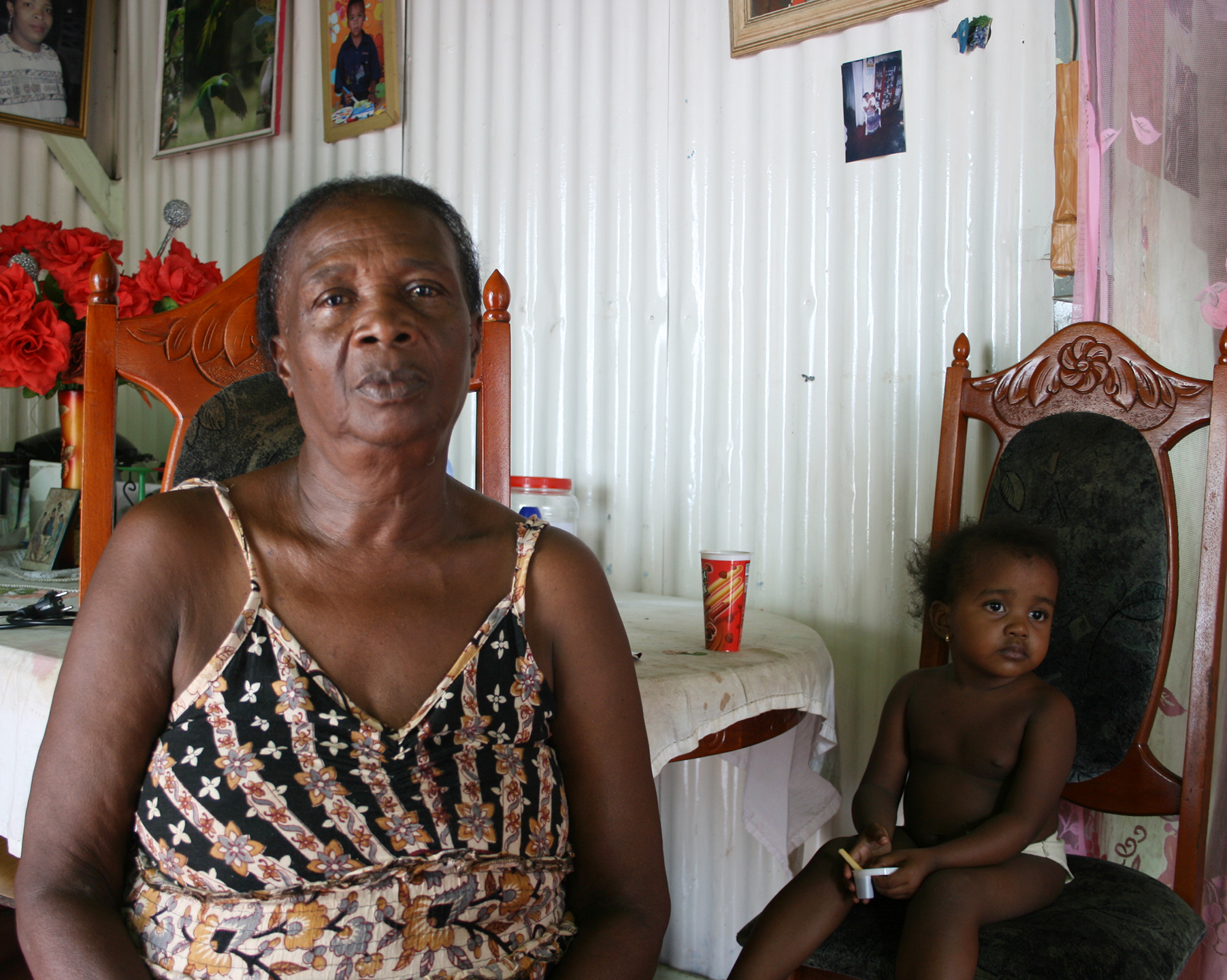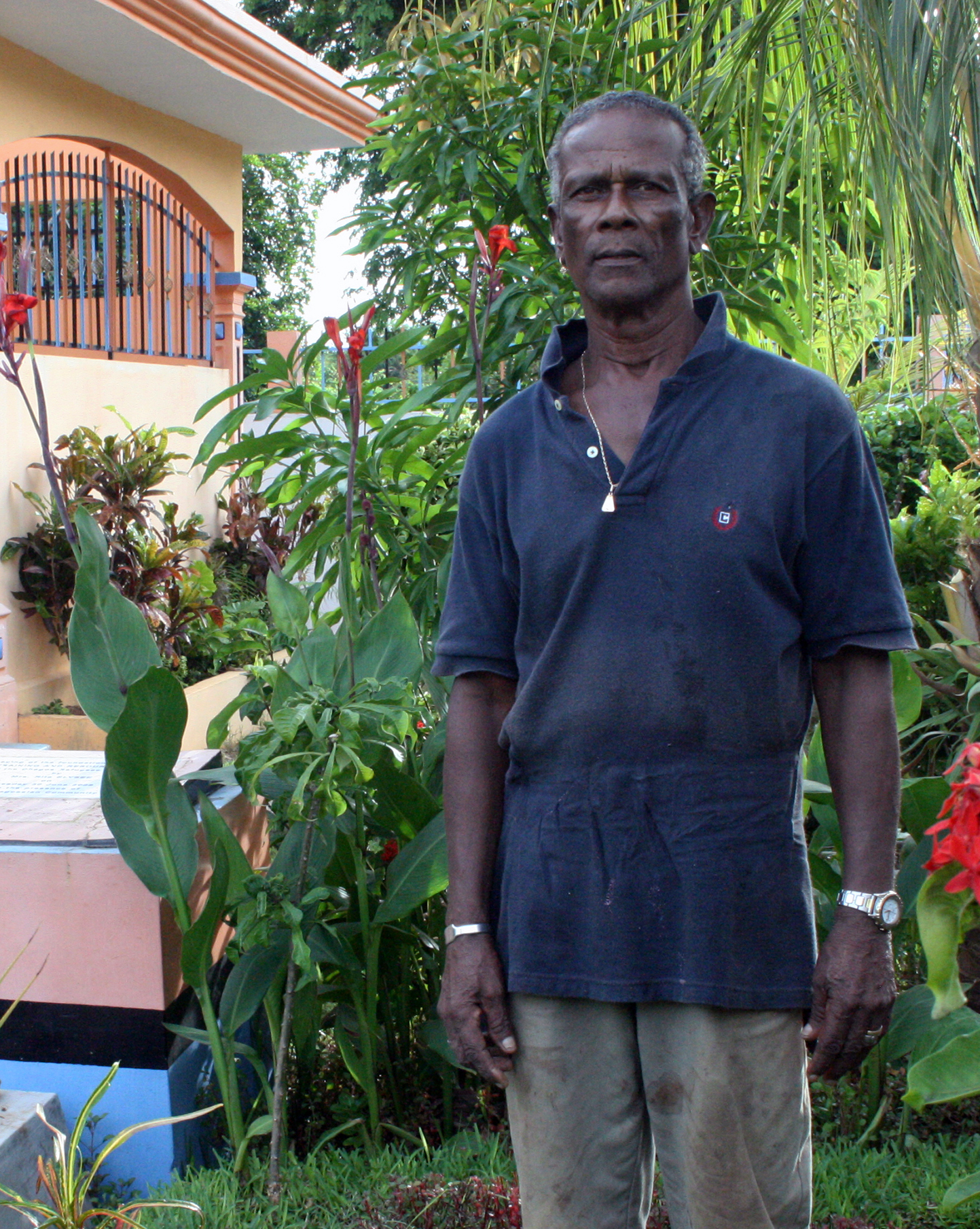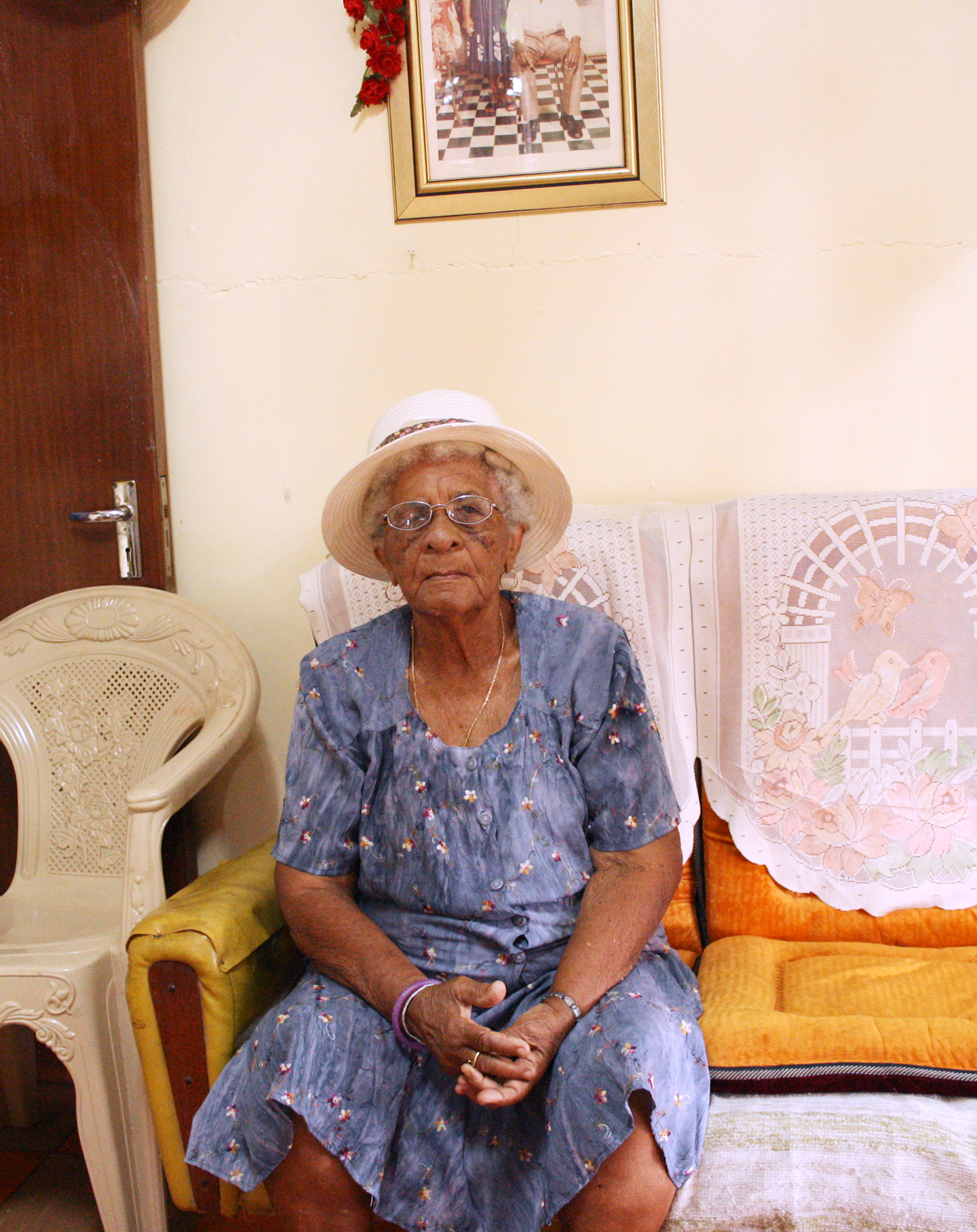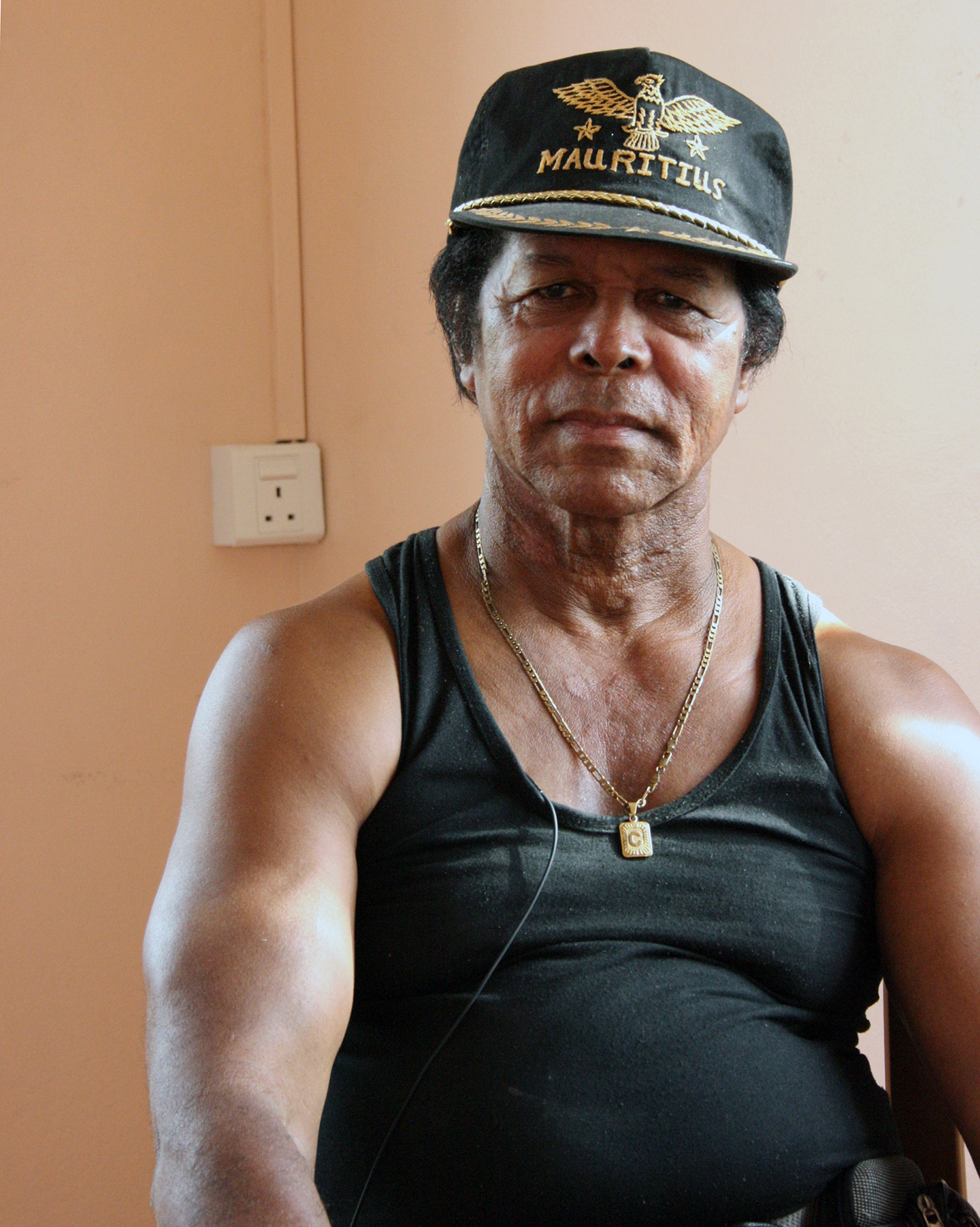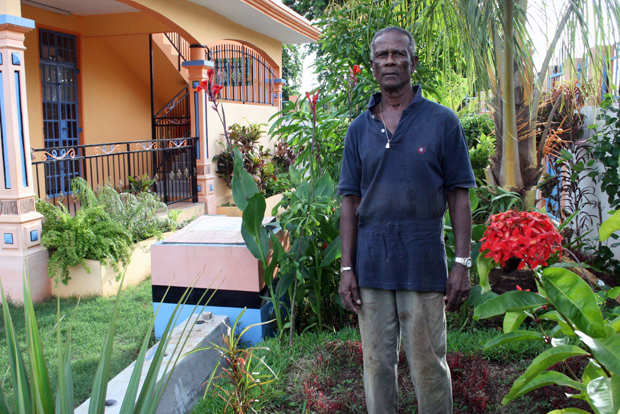By
the end of eviction in 1973, the indigenous Chagossian population of approximately
2,500 people were deported. Placed in slums between Mauritius and the
Seychelles, families and the community were divided. Having
no homes, belongings or skills outside of the coconut plantation,
‘re-settlement’ was extremely difficult. Living in appalling conditions the
community struggled to survive.
Under the U.K. Citizenship, British Overseas Territories Act (BOT) 2002, sections of the Chagos community are eligible for U.K. visas. However there are exemptions to this law which in turn means Chagos families are divided once again. A large contingent of the population now live in Crawley, U.K on the outskirts of London seeking better opportunities for their families.
Under the U.K. Citizenship, British Overseas Territories Act (BOT) 2002, sections of the Chagos community are eligible for U.K. visas. However there are exemptions to this law which in turn means Chagos families are divided once again. A large contingent of the population now live in Crawley, U.K on the outskirts of London seeking better opportunities for their families.
Testimonials
Today the island born population has dwindled to under 750 people. This series of portraits is just a small section of the community who shared their personal history and memories. Each person’s struggle is unique, but all share a common longing for the right to return home.
Today the island born population has dwindled to under 750 people. This series of portraits is just a small section of the community who shared their personal history and memories. Each person’s struggle is unique, but all share a common longing for the right to return home.
